Top Things to Know Before Buying Large House Plants
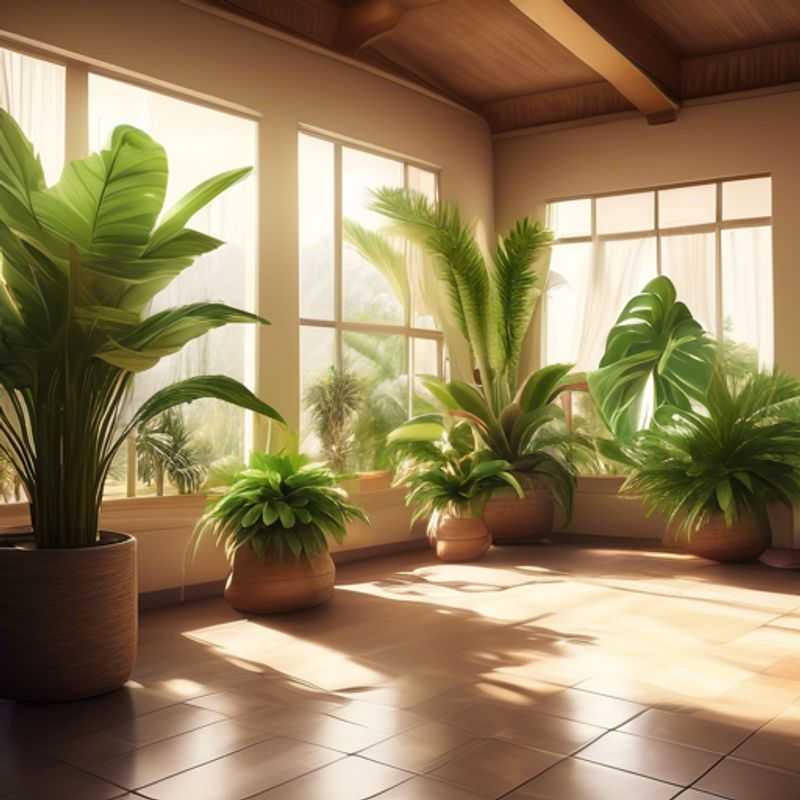
Master the Art of Large Plant Ownership: Understanding Light, Space, Weight, Growth, Health, Soil, and Maintenance
Embarking on the journey of bringing a large houseplant into your home is a delightful endeavor, but like any grand project, a bit of planning goes a long way.

Unlocking Green Thumb Success: Understanding Plant Light and Watering Needs
Understanding a plant's light and watering needs is fundamental for successful gardening. Light is essential for photosynthesis, the process plants use to convert sunlight into energy. Different plants have different light requirements, ranging from full sun to shade.
Light is categorized into three main types: full sun (at least 6 hours of direct sunlight daily), partial sun (3-6 hours of direct sunlight daily), and shade (less than 3 hours of direct sunlight). Plants thrive when placed in the appropriate light conditions, so be sure to research the light needs of your specific plants.
Watering is equally crucial, as it replenishes moisture lost through transpiration. Overwatering and underwatering can both damage plants. The frequency and amount of water a plant requires depend on factors such as its size, type, and the climate.
Watering tips: Feel the soil moisture before watering, and water thoroughly when the top inch of soil feels dry. Avoid watering too often as it can lead to root rot.
Remember, these are general guidelines. For specific information on your plant's light and watering requirements, consult a gardening guide or search online for information about your specific plant variety. By understanding these fundamental needs, you can provide your plants with the best possible care and ensure their health and well-being.
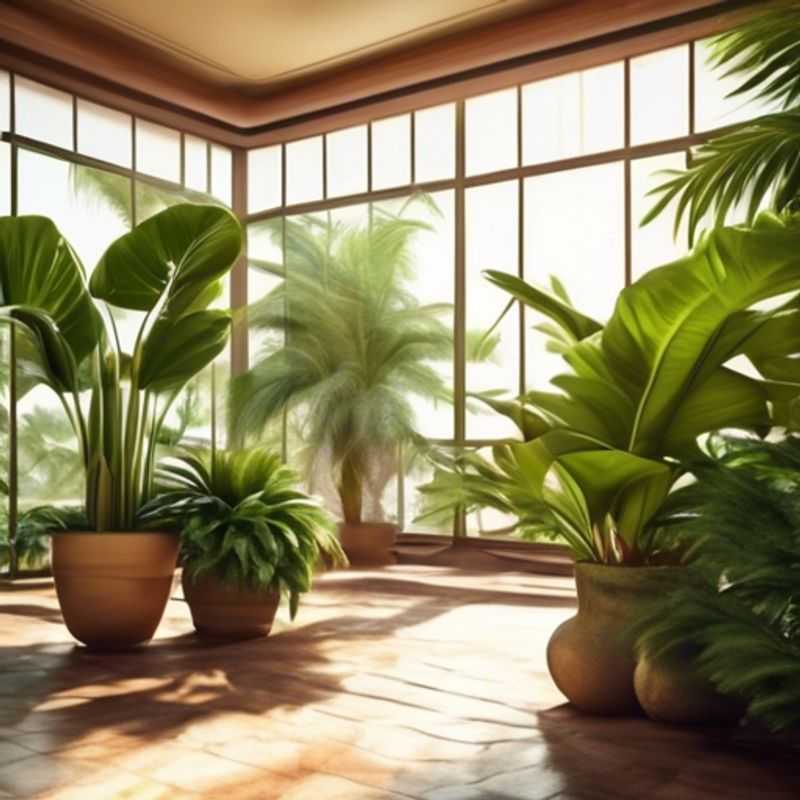
Measure Twice, Plant Once: Ensuring Your Green Friend Has Room to Grow
Before you bring home a new plant, it's essential to measure the space where you plan to place it. This will help you choose a plant that won't become too large for its location, preventing future issues. Consider the plant's mature size, not just its current size. This includes its height, width, and depth.
Measure the area where you want to place the plant, including the height of the ceiling, the width of the space, and the depth available. Be sure to account for any obstacles like furniture or walls.
Once you have your measurements, you can compare them to the mature size of the plant you're considering. If the space is too small, you can consider a smaller plant or find a different location. If the space is large enough, you can be confident that your new plant will have ample room to grow.
Remember, measuring the space is a simple step that can save you from future headaches and ensure the success of your plant.
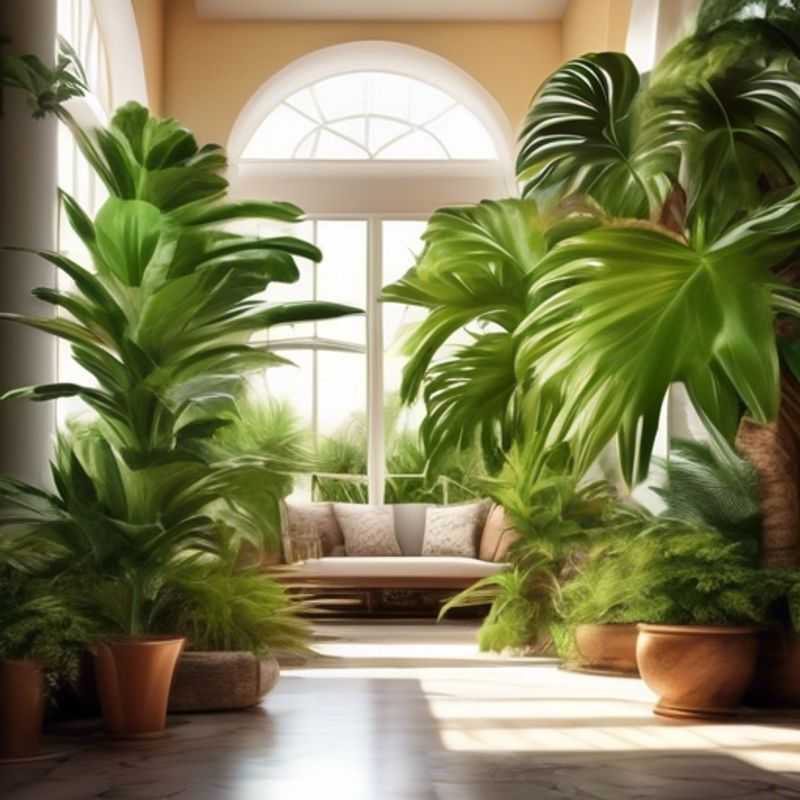
Weighing the Odds: Transportation Logistics and Your Project
Consider the weight and transportation logistics is a crucial aspect of project planning, particularly for large-scale endeavors. It involves understanding the weight of materials, equipment, and personnel, and how these elements will be transported to and from the project site. This includes assessing the feasibility of different transportation methods, such as trucks, trains, ships, or even helicopters, depending on the scale and location of the project.
Weight plays a significant role in determining the transportation mode. Heavy equipment and materials require specialized vehicles or transportation methods that can handle the load. The weight distribution across the vehicle is also crucial to ensure stability and safety during transportation.
Transportation logistics encompasses the entire process of moving goods from one point to another. It involves planning the routes, scheduling the transportation, and coordinating with the relevant authorities. The cost of transportation is a significant factor, and it can vary widely depending on the distance, the type of transportation, and the urgency of the shipment.
When planning transportation logistics, it's essential to consider the environmental impact. Certain modes of transportation, such as air freight, have a higher carbon footprint than others. It's crucial to choose the most sustainable option whenever possible.
Safety is another critical aspect of transportation logistics. It's essential to ensure that all transportation activities comply with the relevant safety regulations. This includes proper loading and securing of the cargo, as well as driver training and vehicle maintenance.
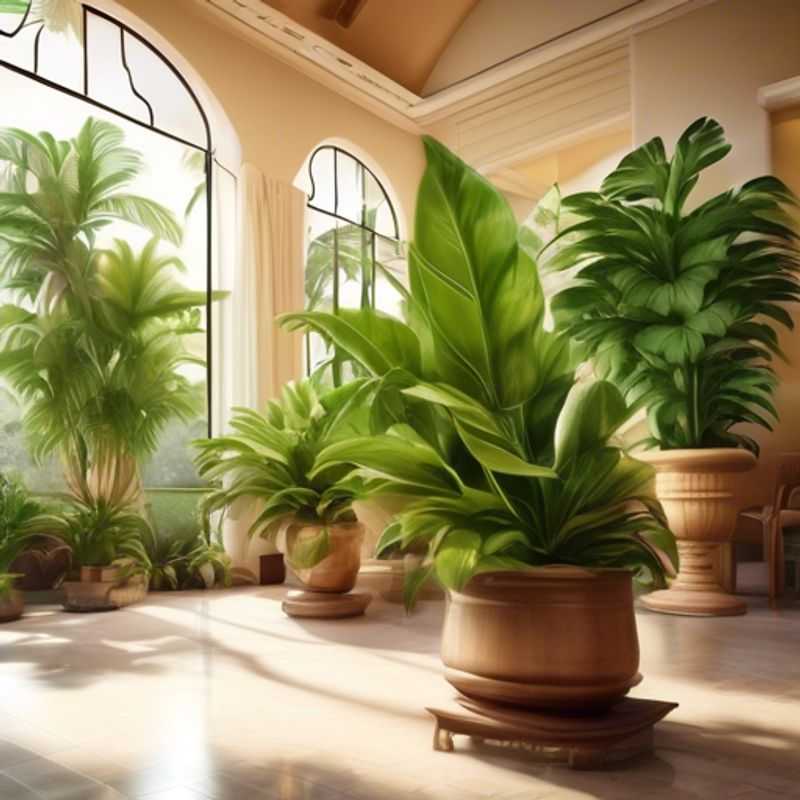
Planting for Success: Understanding Growth Habits and Potential Size
Before planting, it's crucial to understand a plant's growth habits and its potential size. This knowledge helps you choose the right spot, avoid overcrowding, and ensure your plants thrive. There are several factors to consider, including the plant's mature height and spread, its growth rate, and its root system.
Growth habits: Consider whether a plant is a vine, shrub, or tree. Knowing this will help you determine if it needs a trellis, support, or ample space to spread out.
Potential size: Research the mature height and spread of the plant. This information allows you to select an appropriate planting location and avoid any future issues with it outgrowing its space.
Growth rate: A plant's growth rate will influence how quickly it reaches its full size. Some plants grow rapidly, while others are slow-growing.
Root system: Understanding the plant's root system is essential, especially when planting near structures or other plants. Some plants have shallow roots that spread out, while others have deep taproots. Knowing this helps you avoid conflicts and ensure your plants receive the proper nutrients and water.
Additional factors to consider: You may need to invest in additional tools or services for certain plants, such as trellises, pruning tools, or professional tree trimming. These costs should be included in your overall budget.
By researching the plant's growth habits and potential size before planting, you can create a thriving garden that maximizes your plants' potential while minimizing any potential problems.
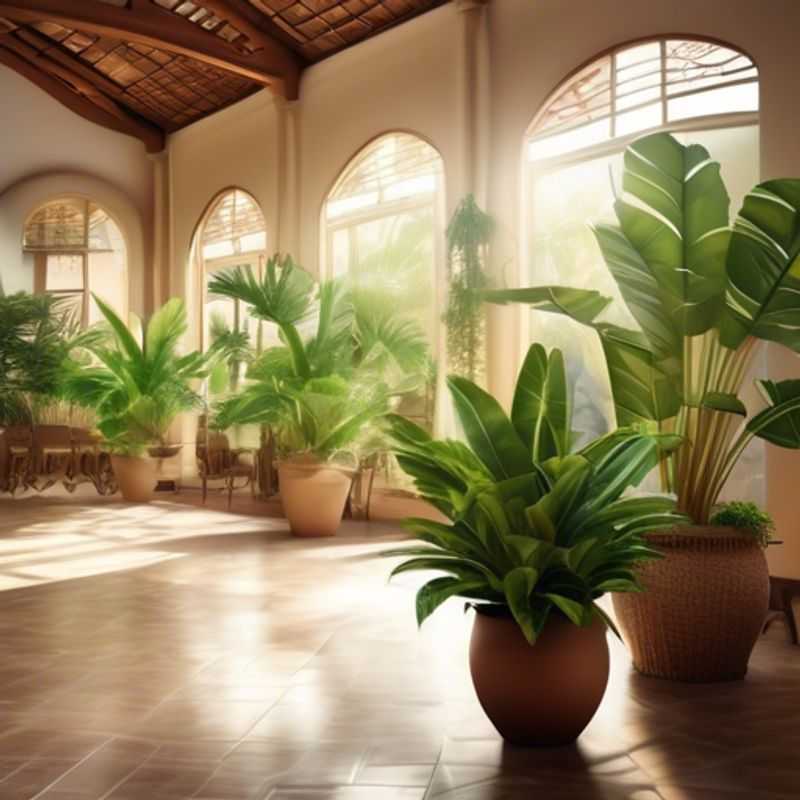
A Closer Look: Inspecting Your Plants for Pests and Diseases
A thorough inspection is crucial for maintaining the health of your plants. This process involves looking out for any signs of pests or diseases that could negatively affect your greenery. When inspecting, it's vital to pay close attention to all parts of the plant, from the roots to the leaves. Look for unusual spots, discoloration, wilting, or any signs of insect activity.
Examine the leaves carefully for any signs of damage or unusual markings. These might include holes, discoloration, or the presence of small insects. Check the undersides of leaves, as pests often hide in these areas. Also, check the stems and branches for any signs of discoloration, swelling, or unusual growths.
Look closely at the roots for any signs of damage or rot. This can be an indication of soil-borne diseases or pests. Examine the soil for any unusual insects or organisms.
Regular inspection is vital for early detection and intervention. Early detection of pests or diseases significantly increases the chances of successful treatment and minimizes potential damage to your plants.
If you discover any signs of pests or diseases, it's recommended to consult with a gardening expert or a plant pathologist for proper identification and treatment advice. They can provide specific solutions tailored to your situation.
Remember, a proactive approach to plant care is crucial for maintaining the health and vibrancy of your greenery. Regular inspection and timely intervention can ensure the longevity and beauty of your plants.

From Seed to Success: Crafting the Perfect Home for Your Plants
When selecting a pot, always choose one that is just slightly larger than the plant's root ball. Avoid going too large, as this can lead to overwatering and root rot. If you are repotting, aim for a pot that is about 2 inches wider than the previous one.
Drainage is crucial for healthy plant growth. Ensure your pot has drainage holes at the bottom to prevent water from pooling and causing root damage. Consider using a drainage layer of gravel or pebbles at the bottom of the pot for additional drainage.
The right soil mix is essential for healthy plants. Choose a well-draining potting mix that is appropriate for your specific plant type. Some plants prefer acidic soil, while others thrive in alkaline soil. You can amend your potting mix with peat moss, compost, or perlite to improve its drainage and nutrient content. Always check the soil's moisture level before watering, and allow it to dry out slightly between waterings to prevent overwatering.
Consider adding a drainage layer to your pot. A drainage layer can be created using gravel, pebbles, or even broken pieces of pottery. This will allow excess water to drain quickly and prevent root rot.

Repotting and Maintenance: Keeping Your Plants Thriving
Repotting your plants is essential for their health and growth. It allows for fresh soil, better drainage, and ample space for roots to expand. The best time to repot is during the growing season, typically spring or early summer. Choose a pot that's slightly larger than the current one, ensuring drainage holes. Gentlely remove the plant from its current pot, loosen the root ball, and inspect for root rot or compacted soil.
Plant maintenance involves regular watering, fertilization, and pest control. Watering needs vary depending on the plant species and environmental conditions, but aim for consistent moisture without overwatering. Fertilize during the growing season using a balanced fertilizer specifically designed for houseplants. Regularly inspect for pests such as aphids, mealybugs, or spider mites, and use appropriate pest control methods.
Remember, repotting and maintenance are crucial for a thriving plant. By providing the right conditions, your green companions will flourish and bring joy to your space. For specific instructions on repotting and maintaining your plants, consult online resources or gardening experts.
